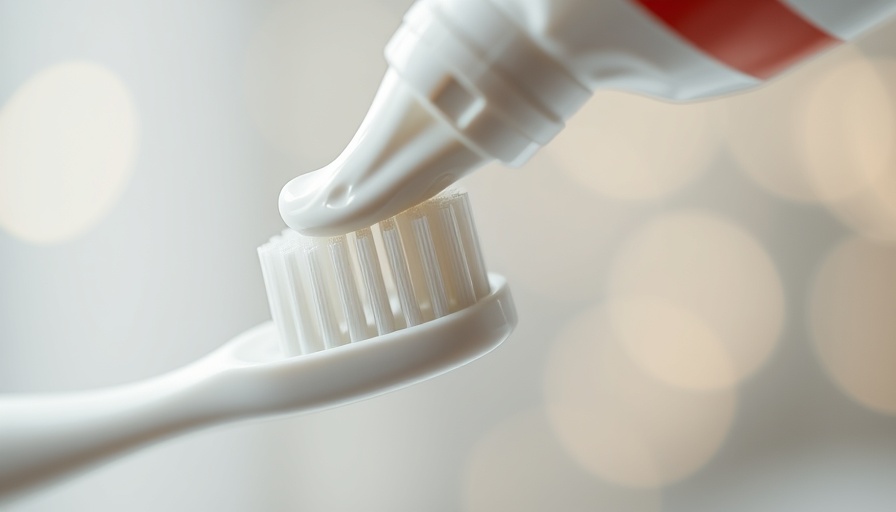
The Environmental Impact of Anaesthesia: A Growing Concern
In recent years, the environmental implications of anaesthetic gases, specifically inhaled anesthetics like desflurane and sevoflurane, have come to the forefront of discussions within the medical community. These substances are known to possess significant global warming potentials (GWP), leading to increasing scrutiny on their usage. A study conducted by the Royal Brisbane and Women’s Hospital (RBWH) marks a pivotal step in addressing this issue through targeted interventions that have substantially reduced carbon emissions within their anaesthesia department.
Remarkable Reductions Achieved
The RBWH implemented a series of quality improvement (QI) strategies aimed at minimizing the environmental impact of its anaesthesia practices. The most notable change was the dramatic reduction in desflurane use, which plummeted from 800 bottles in 2016 to just 35 by 2021—a staggering decrease of 95.63%. The overall purchase of volatile anaesthetics saw a reduction of 34.76%, translating to a reduced carbon footprint and significant financial savings.
This strategic withdrawal from using desflurane showcases not only the environmental benefits but also hints at a broader paradigm shift within healthcare settings, emphasizing the need for sustainable practices in medical procedures. The study recorded a total reduction in combined carbon emissions from volatile anaesthetics, which diminished by an impressive 87.88% over the period of six years, thus underscoring the effectiveness of educational initiatives and procedural changes initiated at the RBWH.
Training as a Vital Tool for Change
Integral to RBWH's strategy was the emphasis on staff education. By improving awareness of the environmental impacts of using inhaled anesthetics, the welfare of patients, and the repercussions of clinical practices, the department successfully fostered a culture of sustainability. Educational posters, newsletters, and face-to-face meetings were pivotal in promoting desflurane-sparing practices amongst clinicians.
Counterarguments and Diverse Perspectives
Despite the promising results from the RBWH, there are ongoing debates surrounding the balance between patient care and environmental stewardship. Some argue that desflurane, known for its rapid elimination from the body and versatility in specific demographics, cannot be expediently removed from clinical practice without jeopardizing optimal patient outcomes. This highlights a critical need for further research into the comparative efficacy of alternative anaesthetics, particularly when considering the implications of extensive reliance on certain agents.
Future Directions: What Lies Ahead
As the healthcare sector grapples with its carbon footprint, the RBWH study sets a robust precedent for other institutions to follow. Adopting similar QI approaches could foster greater environmental accountability across medical practices. Implementing routine audits of anaesthetic gas use, reinforcing educational strategies, and exploring viable alternatives such as total intravenous anaesthesia (TIVA) or regional anaesthesia may pave the way for a more sustainable future in anaesthesia.
Taking Charge of Our Carbon Footprint
As healthcare professionals strive to provide quality care, the need to balance clinical effectiveness with ecological responsibility becomes increasingly critical. The RBWH's findings serve as a clarion call for the medical community to reassess their environmental impact—especially in anaesthesia, a field known for its substantial carbon contributions.
In conclusion, the RBWH's journey to transform its anaesthesia department reflects a growing awareness and proactive stance towards minimizing healthcare’s carbon footprint. As more studies outline the positive impacts of sustainable practices, it's clear that the path forward must involve collaboration, education, and a commitment to carbon reduction in all facets of healthcare.
 Add Row
Add Row  Add
Add 




Write A Comment